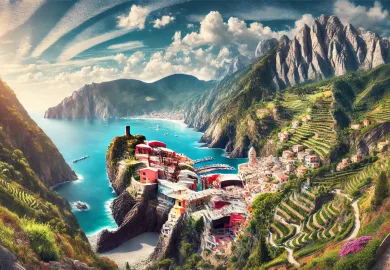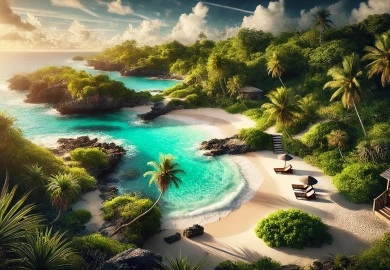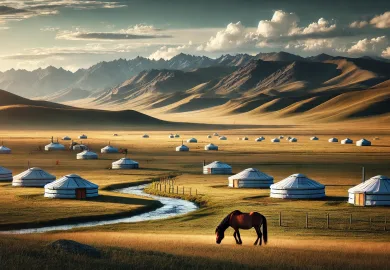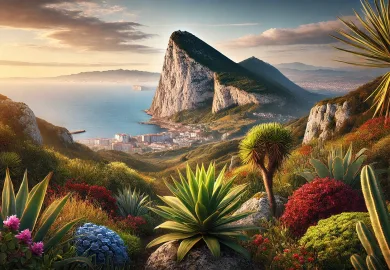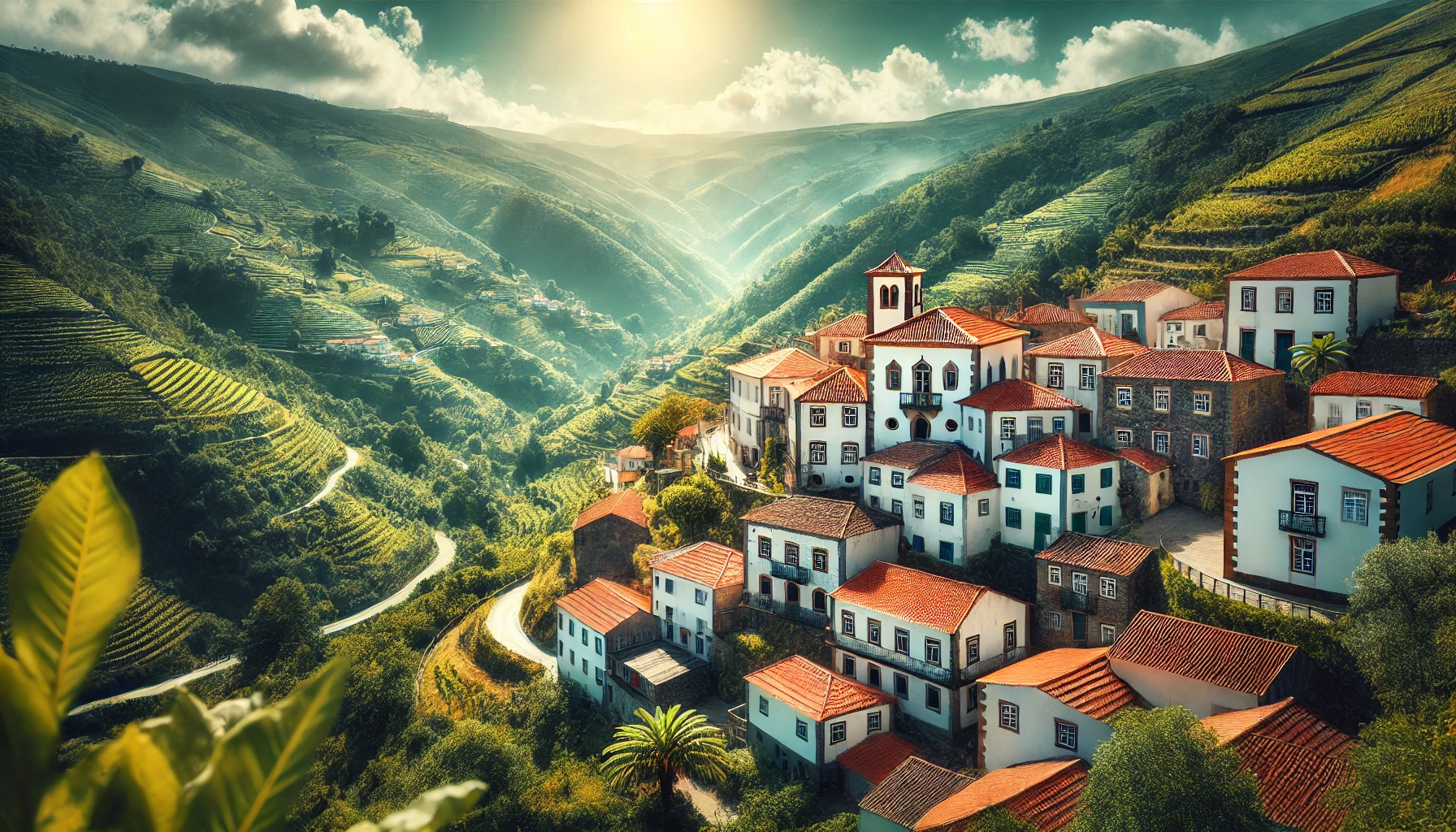
Portugal is a land of beauty and culture, renowned for its picturesque cities, golden beaches, and rich history. However, beyond the well-trodden tourist paths of Lisbon, Porto, and the Algarve, lie some of the country’s best-kept secrets. From secluded beaches to quaint mountain villages, there are numerous unseen travel places that await discovery. In this article, we’ll take you on a journey through Portugal’s hidden gems, showcasing breathtaking destinations that deserve a place on your travel itinerary.
Hidden Beaches of Portugal: Where Serenity Meets the Sea
Portugal’s coastline is famed for its sun-kissed beaches, but there are a few coastal wonders that remain largely undiscovered. Escape the crowded shores and venture to hidden paradises where tranquility reigns supreme.
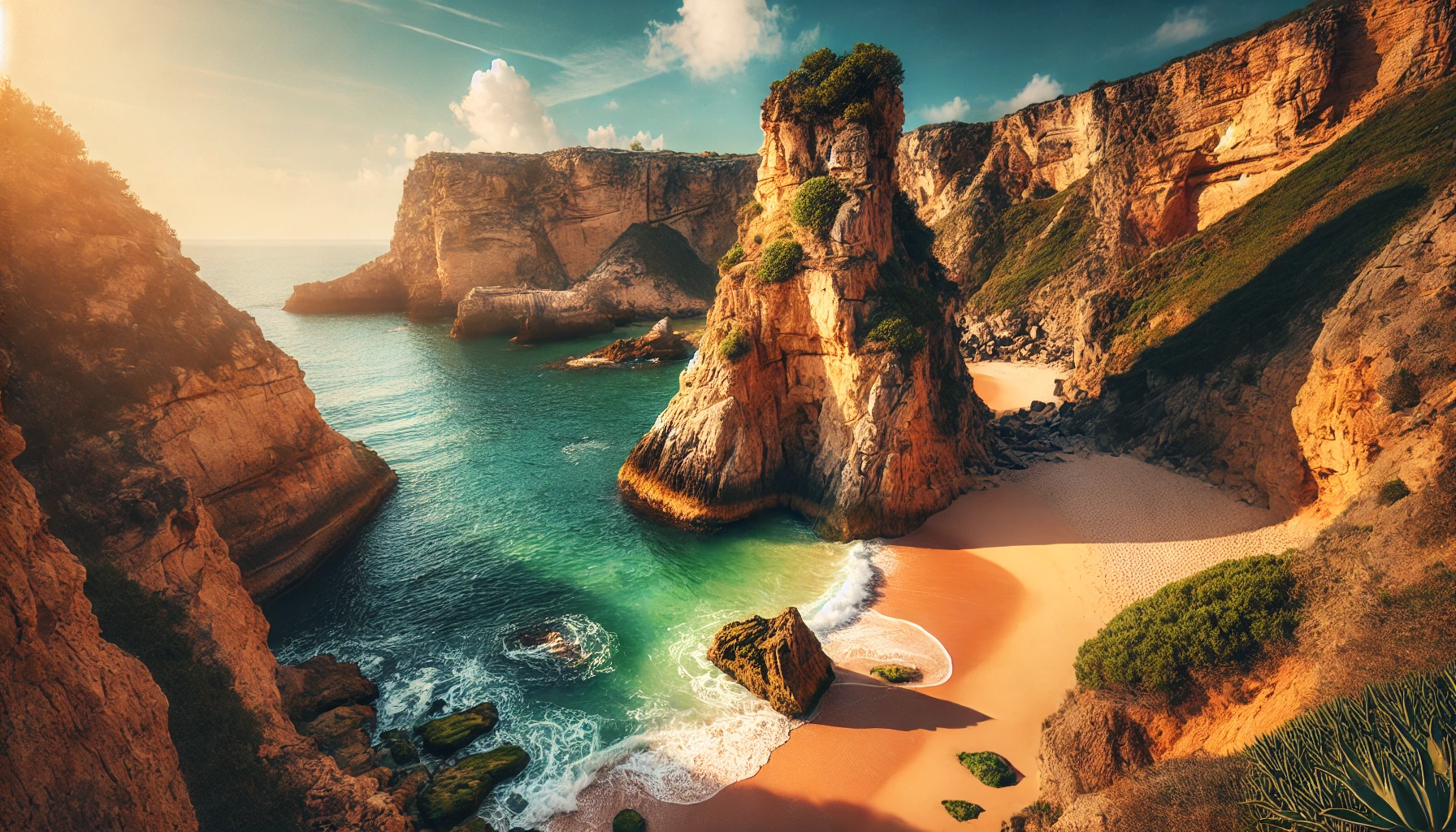
One such spot is Praia da Ursa, located near Cabo da Roca, the westernmost point of mainland Europe. This beach is not for the faint-hearted; it requires a steep and rugged hike to reach, but the reward is a stunning crescent of sand framed by dramatic cliffs and rock formations that rise out of the Atlantic. The beach’s name, which translates to “Bear Beach,” is inspired by a rock formation resembling a bear. With its wild beauty and isolation, Praia da Ursa offers a perfect retreat for nature lovers and adventurers.
Another gem tucked away from the limelight is Praia do Amado in the Costa Vicentina region. Known primarily to surfers, this beach offers pristine waves and stunning views of rolling dunes and cliffs. The surrounding landscape remains untouched by large-scale development, allowing you to experience Portugal’s raw coastal beauty. Whether you surf or simply want to bask in the sun, Praia do Amado promises a peaceful escape from busier beach resorts.
For a completely off-the-beaten-path experience, explore Ilha do Pessegueiro near Porto Covo. This small island, surrounded by sparkling turquoise waters, offers not only natural beauty but also historical intrigue with the ruins of a Roman-era fish salting station. While the island itself is uninhabited, you can kayak or take a boat tour to explore its peaceful shores and enjoy a serene day surrounded by nature.
Quaint Mountain Villages: A Step Back in Time
Away from the bustling cities, Portugal’s countryside is dotted with charming mountain villages where time seems to stand still. These villages, with their traditional architecture and timeless atmosphere, provide a glimpse into rural life in Portugal.
One of the most enchanting mountain villages is Monsanto, often called “the most Portuguese village in Portugal.” Perched high on a rocky hill, Monsanto is characterized by its unique stone houses, many of which are built directly into massive boulders. The village’s labyrinth of narrow streets and stairways offers breathtaking views of the surrounding countryside. Visit the ancient castle ruins at the summit for a panoramic vista, and don’t miss the local festivals that celebrate the village’s proud heritage.
Piódão is another picturesque village that seems straight out of a fairy tale. Nestled in the Serra do Açor mountains, this remote village is made up of slate houses with blue-painted doors and windows, creating a striking contrast against the green hills. The village’s cobbled streets wind their way through terraced landscapes, and the nearby river provides a perfect spot for a refreshing dip. Piódão has preserved its historical charm, making it a wonderful destination for those looking to experience the quieter side of Portugal.
If you’re seeking true seclusion, head to the village of Fajã da Caldeira de Santo Cristo on the island of São Jorge in the Azores. Accessible only by foot or boat, this isolated village sits at the base of steep cliffs, with the ocean stretching out before it. Known for its natural beauty and crystal-clear lagoons, Fajã da Caldeira is a haven for hikers and nature lovers. The village is famed for its clams, which are harvested in the nearby lagoons, offering visitors a taste of the local delicacy.
Unexplored Nature Reserves: A Paradise for Hikers and Wildlife Enthusiasts
Portugal boasts an array of nature reserves that provide refuge for a rich diversity of wildlife and untouched landscapes. These protected areas offer a serene escape into nature, away from the more frequented trails.

One of the most underrated nature reserves is the Peneda-Gerês National Park in northern Portugal. As the country’s only national park, Peneda-Gerês is a paradise for outdoor enthusiasts, offering a mix of rugged mountains, crystal-clear lakes, and dense forests. The park is home to a variety of wildlife, including wild boar, deer, and even Iberian wolves. With numerous hiking trails, visitors can explore ancient Roman roads, stone villages, and hidden waterfalls. The park’s natural beauty is complemented by its cultural significance, with several prehistoric and medieval sites scattered throughout the area.
For a different kind of wilderness experience, visit the Arrábida Natural Park, located just a short drive from Lisbon. This park is known for its stunning coastal cliffs and lush Mediterranean vegetation. The Serra da Arrábida mountain range provides a dramatic backdrop to the turquoise waters of the Atlantic, and the park’s diverse ecosystem makes it a haven for birdwatchers and botanists. You can hike along scenic trails, visit secluded beaches like Praia dos Coelhos, or explore the ancient Convent of Our Lady of Arrábida, nestled in the hills.
In the eastern part of Portugal lies the Douro International Natural Park, a vast area of rolling hills, deep valleys, and the meandering Douro River. This park is a hidden gem for birdwatchers, as it is home to some of Europe’s rarest birds, including the griffon vulture and the golden eagle. The dramatic landscapes, shaped by centuries of river erosion, provide a stunning backdrop for hiking, kayaking, and exploring the region’s wine-producing traditions. The park’s remote location ensures that it remains relatively undiscovered by mass tourism, making it an ideal spot for those seeking solitude in nature.
Portugal’s Mysterious Castles and Monasteries: Off-the-Grid Historic Sites
Beyond the famous castles of Sintra and Lisbon, Portugal is home to many lesser-known historic sites that offer a glimpse into the country’s rich past. These hidden castles and monasteries are steeped in mystery and often located in remote areas, making them perfect for intrepid travelers.
One such site is the Castle of Marvão, perched on a high hilltop in the Alentejo region. This medieval fortress offers spectacular views of the surrounding landscape, stretching all the way to Spain. The castle, which dates back to the 9th century, has played a crucial role in the defense of Portugal’s borders throughout history. Its remote location and well-preserved walls make it feel like stepping back in time, and visitors can wander through its battlements and enjoy the peaceful atmosphere of the village below.
Another hidden gem is the Convent of Christ in Tomar, a UNESCO World Heritage site that remains somewhat off the radar for many tourists. Founded in the 12th century by the Knights Templar, the convent is a fascinating blend of Gothic, Manueline, and Renaissance architectural styles. Its most famous feature is the Charola, a round church that served as the spiritual heart of the Templar order. The convent’s secluded location and historical significance make it a must-visit for history buffs and those interested in Portugal’s medieval past.
For a more off-the-beaten-path experience, visit the Batalha Monastery in central Portugal. While it is one of the country’s most important Gothic monuments, it is often overlooked by travelers in favor of more famous landmarks. The monastery was built to commemorate Portugal’s victory in the Battle of Aljubarrota in 1385, and its intricate architecture is a masterpiece of late Gothic and Manueline styles. The tranquil surroundings and lack of large crowds allow visitors to fully appreciate the beauty and history of this impressive site.
Portugal’s unseen travel destinations offer a wealth of beauty, history, and serenity for those willing to venture beyond the usual tourist spots. From hidden beaches and mountain villages to unexplored nature reserves and mysterious castles, these lesser-known gems provide a unique and unforgettable travel experience. Whether you’re seeking adventure, relaxation, or a deeper connection with the country’s rich cultural heritage, Portugal’s hidden treasures are waiting to be discovered.

